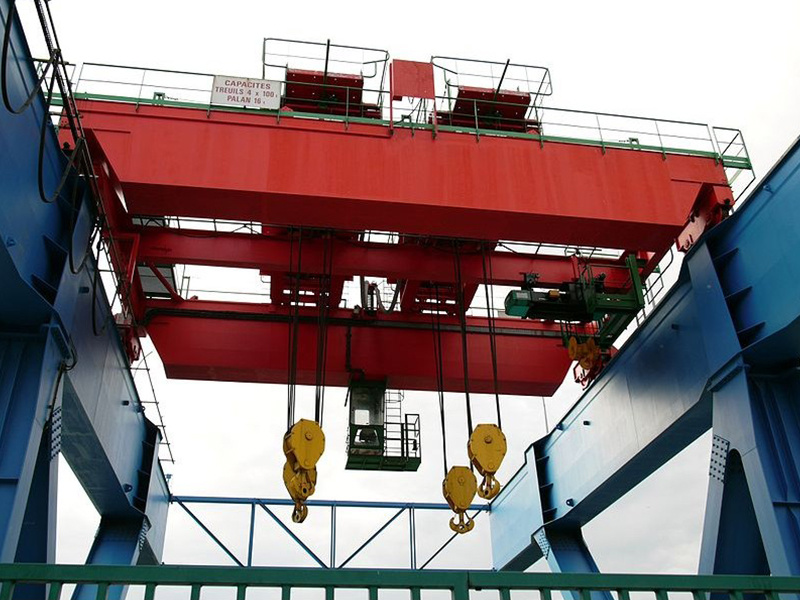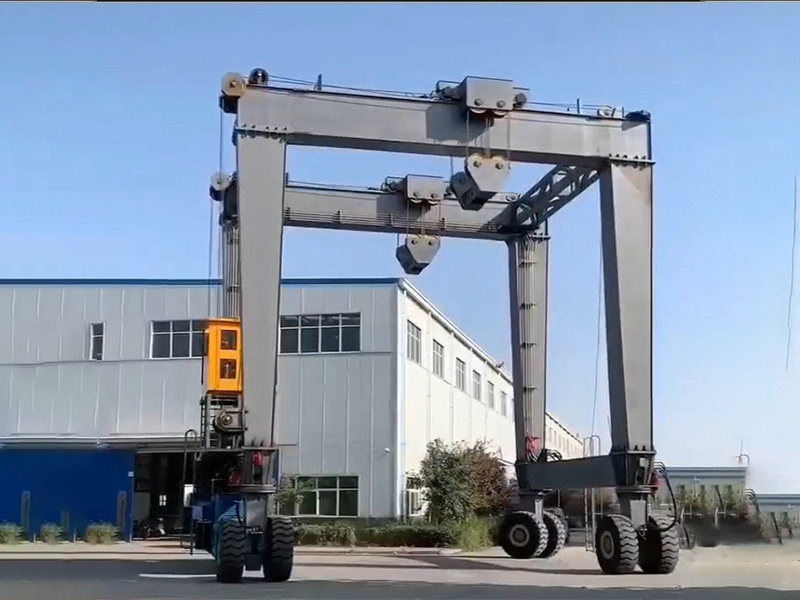Henan Aifite Intelligent Equipment Co., LTD.
Products
Flatbed Trailer
Classification:
Product Introduction
Traction Transfer Flat Car—— Economical and High Efficient Flatbed Trailer
Flatbed trailers are an essential component of the transportation industry, providing a versatile and efficient means of hauling a wide variety of goods. Their design and functionality make them a preferred choice for many businesses involved in freight shipping, construction, and other sectors that require the transport of heavy or oversized items. This article will explore the features, benefits, and various applications of flatbed trailers, as well as considerations for their use.
Flatbed trailers are characterized by their flat, open deck without sides or a roof. This design allows for easy loading and unloading of cargo from any angle, making them ideal for transporting large, bulky items such as machinery, construction materials, and vehicles. The absence of walls or a ceiling also enables the transportation of items that may not fit within the confines of a standard enclosed trailer. Additionally, flatbed trailers often come equipped with various tie-down points and accessories, ensuring that cargo can be securely fastened during transit.
One of the primary advantages of flatbed trailers is their versatility. They can accommodate a wide range of cargo types, from pallets of goods to oversized machinery. This flexibility is particularly beneficial for industries that require the transport of diverse items. For example, in the construction industry, flatbed trailers are frequently used to haul lumber, steel beams, and heavy equipment. Similarly, in the automotive sector, they are employed to transport cars, trucks, and other vehicles that may not fit within traditional trailers.
Another significant benefit of flatbed trailers is their ease of use. Loading and unloading can be done quickly and efficiently, which is crucial for businesses looking to minimize downtime. Forklifts and cranes can easily access the flat surface, allowing for seamless handling of heavy or awkwardly shaped items. This efficiency not only saves time but also reduces labor costs, making flatbed trailers a cost-effective solution for many companies.
Flatbed trailers also excel in transporting cargo over long distances. Their sturdy construction and ability to handle heavy loads make them suitable for interstate transportation. Many flatbed trailers are designed with aerodynamic features that enhance fuel efficiency, which is an important consideration for long-haul trucking. As fuel costs continue to rise, the ability to transport goods more efficiently can significantly impact a company's bottom line.
However, while flatbed trailers offer numerous advantages, there are also some considerations to keep in mind. One of the main challenges is the exposure of cargo to the elements. Unlike enclosed trailers, flatbed trailers do not provide protection from rain, snow, or wind, which can potentially damage sensitive goods. As a result, businesses must take extra precautions when transporting items that require protection, such as using tarps or other covering materials.
Safety is another critical factor when using flatbed trailers. Proper loading techniques are essential to ensure that cargo remains stable during transit. Overloading a flatbed trailer can lead to accidents, making it vital for operators to adhere to weight limits and distribute loads evenly. Additionally, securing cargo with appropriate tie-downs and restraints is crucial to prevent shifting or falling during transportation.
Flatbed trailers come in various sizes and configurations to suit different needs. Some are designed for lightweight cargo, while others are built to handle heavy loads. There are also specialized flatbed trailers, such as lowboy trailers, which are designed for transporting oversized equipment like construction machinery. Understanding the specific requirements of a job will help businesses select the right type of flatbed trailer for their needs.
In conclusion, flatbed trailers are a vital tool in the transportation industry, offering versatility, efficiency, and cost-effectiveness. Their open design allows for easy loading and unloading of a wide range of cargo, making them ideal for various applications, from construction to automotive transport. However, businesses must also consider the challenges associated with using flatbed trailers, such as exposure to the elements and safety concerns. By understanding these factors and selecting the appropriate trailer for their needs, companies can effectively leverage the benefits of flatbed trailers to enhance their operations and improve their bottom line.
Keyword:
Previous Page:
Feedback
Leave a message online and get the product quotation free of charge. We will arrange the specialist to contact you as soon as possible.







